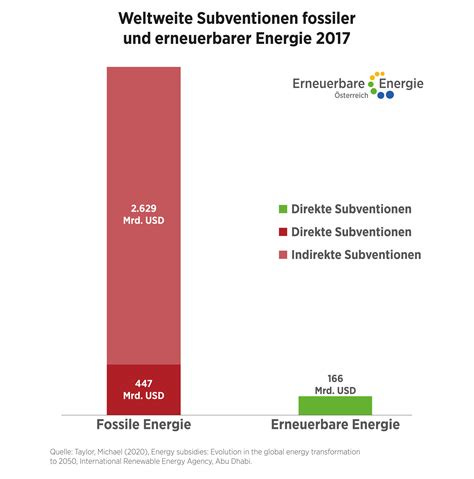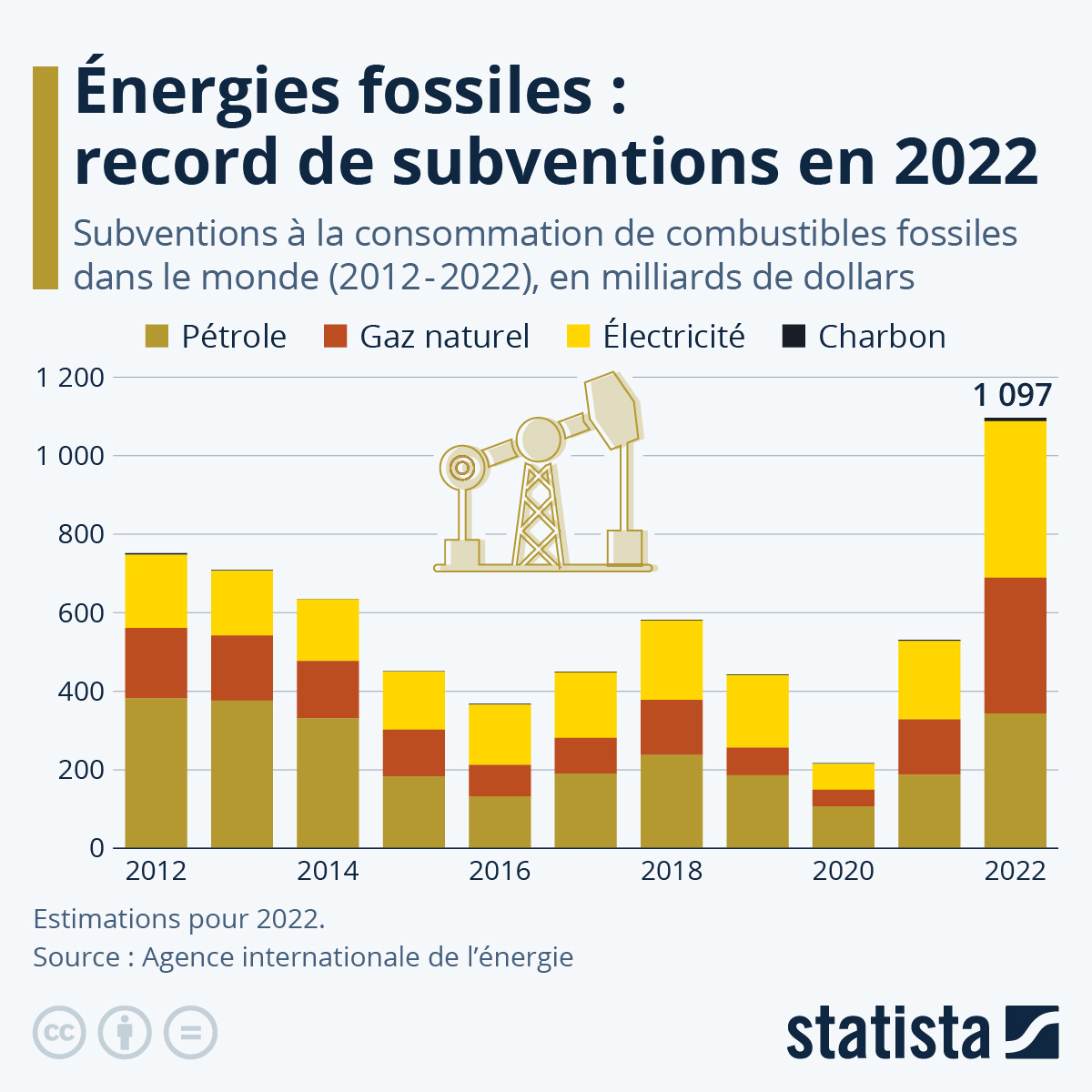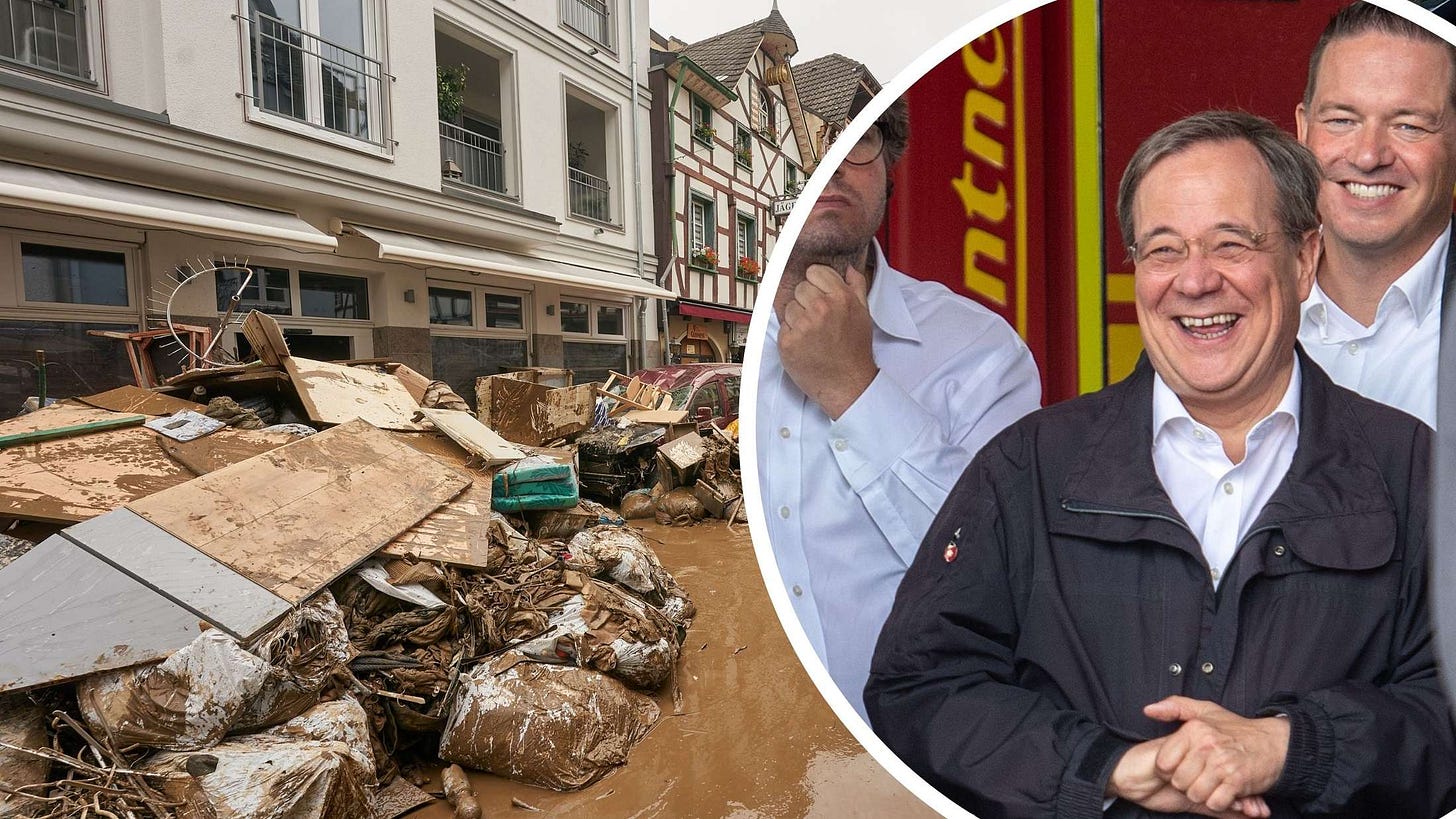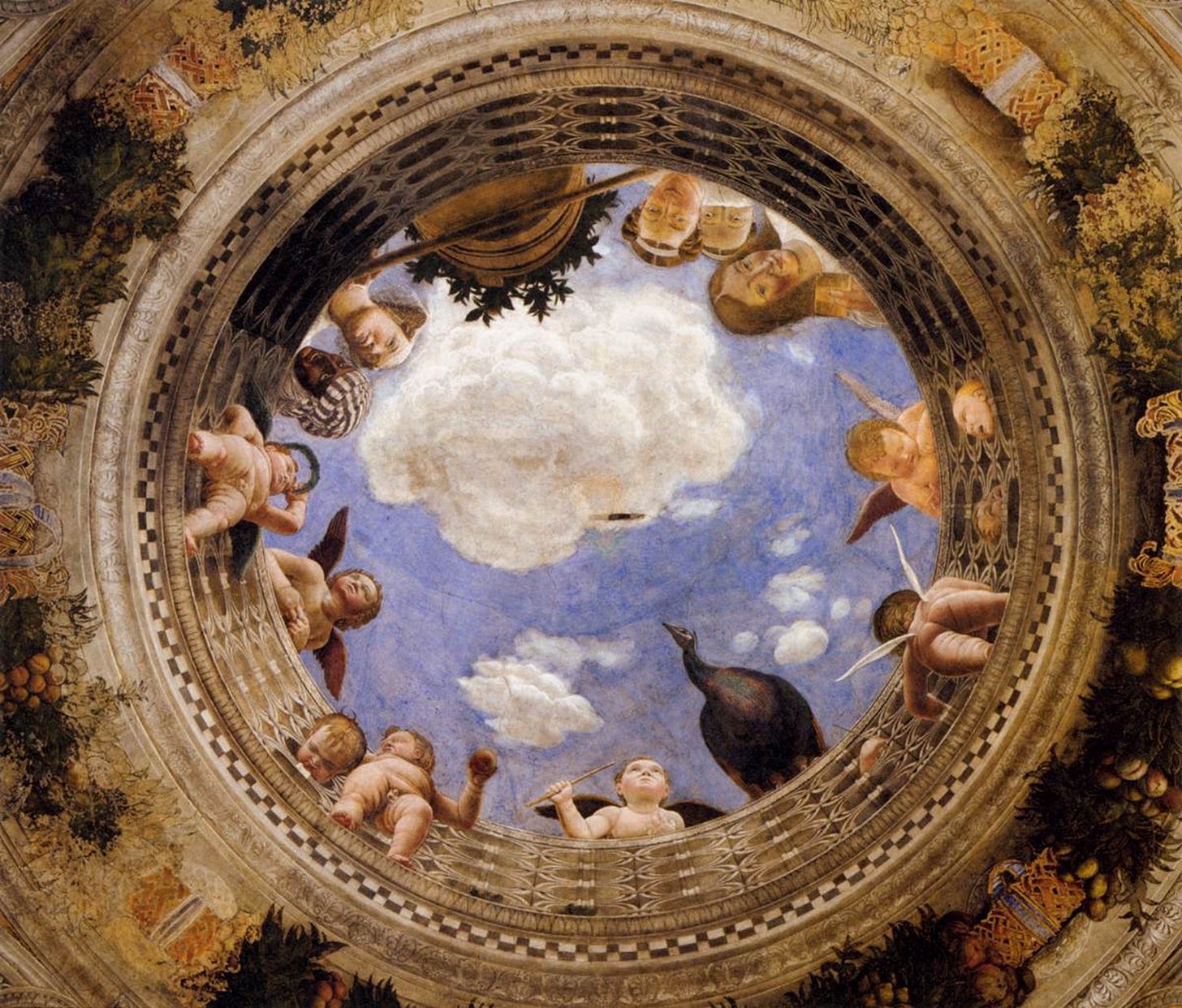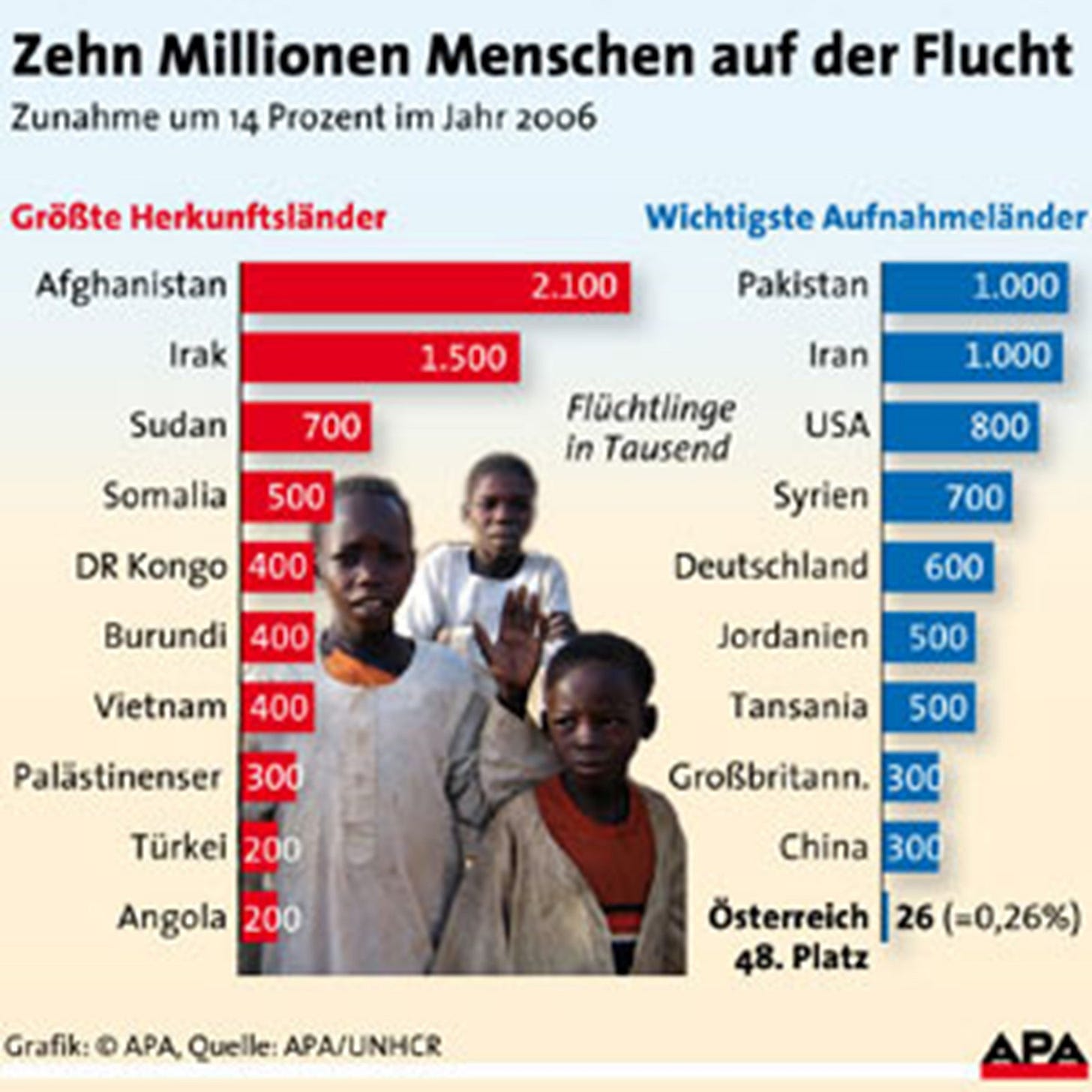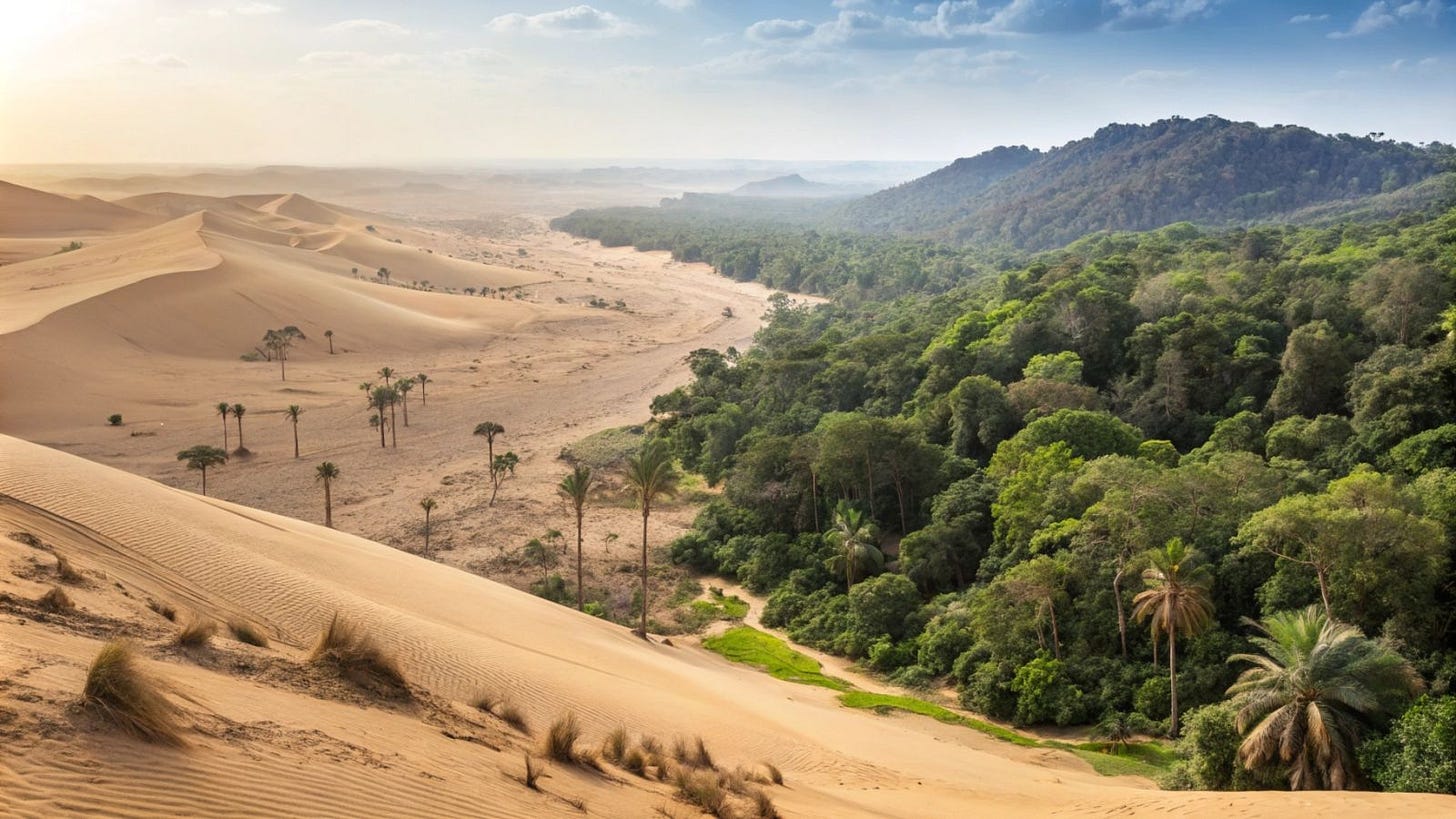Climate change is not only an ecological crisis but also a failure of collective aesthetic imagination. The term “global community,” with its utopian undertones, is drifting further away from agreed restructuring measures (Paris 2015, Glasgow 2021).
Analyzing these blockades through an art-historical lens reveals certain “aesthetic deficits in the political sphere.” Where data visualizations and climate narratives lose their transformative power, the old narrative thread re-emerges. The failure to translate knowledge into action reveals a “pathological beauty of failure,” staged through political performances driven by economic forces that celebrate system preservation rather than systemic change.
What underpins these political blockades and the aesthetics of empty promises?
In 2022, 7 trillion USD flowed into fossil fuel subsidies, while adaptation funds remain underfinanced. This discrepancy is visualized in asymmetric budget graphics that manifest economic power imbalances.
Germany, considered a "climate pioneer," reduced its development aid despite pledging 100 billion USD per year, a rupture between announcement and implementation.
Governance choreographies?
The 2021 flood disaster in Germany (Rhineland-Palatinate/NRW) demonstrated a “performative incompetence”: early warning systems existed but were not activated; politicians laughed instead of crying.
Fossil aesthetics and their preservation lead to dependencies and illustrate how they prevent open eyes from blinking.
Fossil subsidies form “monumental sculptures of the status quo.” Every billion invested cements infrastructural path dependencies. The 2021 IPCC report shows that such "investments" exponentially increase climate risks—a drastic reversal of value creation.
Corporations like Allianz or RWE create an “ecological façade architecture” ("climate-neutral by 2045") while their core activities remain unchanged. These semiotic structures resemble sophisticated trompe-l'œils—illusionist paintings that conceal actual emissions behind decarbonization rhetoric.
Studies on Community-based Adaptation (CbA) highlight a power imbalance that hinders local initiatives. Policy instruments operate in isolation rather than integratively.
This fragmentation is mirrored in sociocultural barriers—as an unfinished narrative of the crisis.
The IPCC has employed the same “dramaturgical structure” since 1990: a vague warning and a menu of action options that encourage paralysis rather than decision-making.
Yet as scientific reports become more complex, media coverage simplifies them into “catastrophe soundbites.” This narrative dissociation undermines the motivation to act.
Greenpeace studies show that climate refugees are portrayed in the media as “distant victims.” This mental distancing reduces concern rather than fostering empathy and a willingness to act.
The IDMC recorded 83 million internally displaced people (2024)—a 100% increase over ten years. Interactive maps visualize this as a problem for all, yet political responses are lacking.
In sub-Saharan Africa, climate stress and violence are intertwined. Drought destroys crops → militias recruit youth → security risks become globalized.
The concept of Transformative Community-based Adaptation (TCbA) calls for:
Decentralized decision-making power
Reflexive power analyses
Financing of local initiatives
Redirecting the 7 trillion in subsidies could:
Create 500,000 pop-up climate oases in cities
Support 200 million climate refugees
This would require “bold budget collages” that overlay fossil with green financing.
The blockades of climate transformation are not technical, but “imaginative and aesthetic” decisions and their implementation—through which all involved could experience a force of improvement.
Where data lacks emotional impact, politics is mere theater, and business practices greenwashing, art must intervene:
Replace dominant narratives with subversive deconstruction
Promote co-creative participation in urban greening projects
Stage a new “iconography of resilience” that frames action as meaningful
The global community doesn’t need more warnings. It needs a reimagining of climate aesthetics, one that makes action inevitable.
KB
Quellen
Transformative Community Strategies - “Transforming places together”
https://www.nature.com/articles/s44168-022-00024-3
Weltweite Subventionen fossiler und erneuerbarer Energie 2017
Greenpeace-Studie: Klimawandel und Migration
Greenpeace (2024) - “Klimawandel verstärkt Migration und Konflikte”
https://www.tagesschau.de/wissen/klima/greenpeace-studie-klimawandel-migration-100.html
Transformative Community-based Adaptation
Nath et al. (2024). *Mobilising transformative CbA*. Urban Transformations 6, 1.
https://urbantransformations.biomedcentral.com/articles/10.1186/s42854-023-00059-7
DEval-Evaluierung Klimaanpassung
DEval (2023) - ”Anpassung an den Klimawandel: Synthesebericht”
Daten zu Klimavertreibungen
DGAP (2024). *Datenanalyse zu Binnenvertreibungen*.
https://dgap.org/de/datenanalyse-zu-binnenvertreibungen-durch-klimawandelfolgen
Klimaschutz und -anpassung integrieren
Wuppertal Institut (2024) - “Klimawandel begrenzen, Klimafolgen begegnen”
https://wupperinst.org/themen/klima/](https://wupperinst.org/themen/klima/
IPCC: Wissenschaftliche Grundlagen
Deutscher IPCC-Koordinierungsstelle (2024)
https://www.de-ipcc.de/119.php](https://www.de-ipcc.de/119.php






